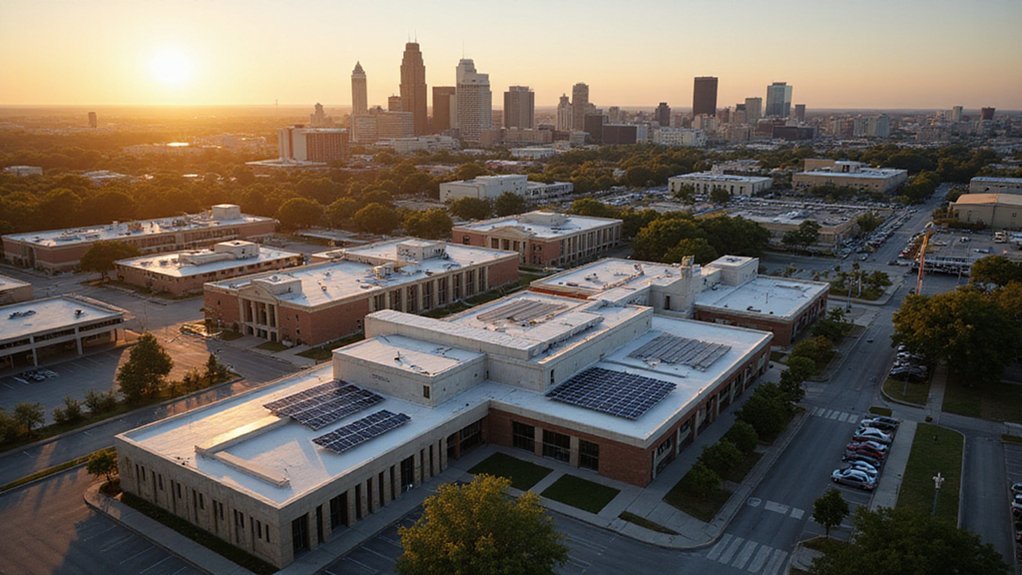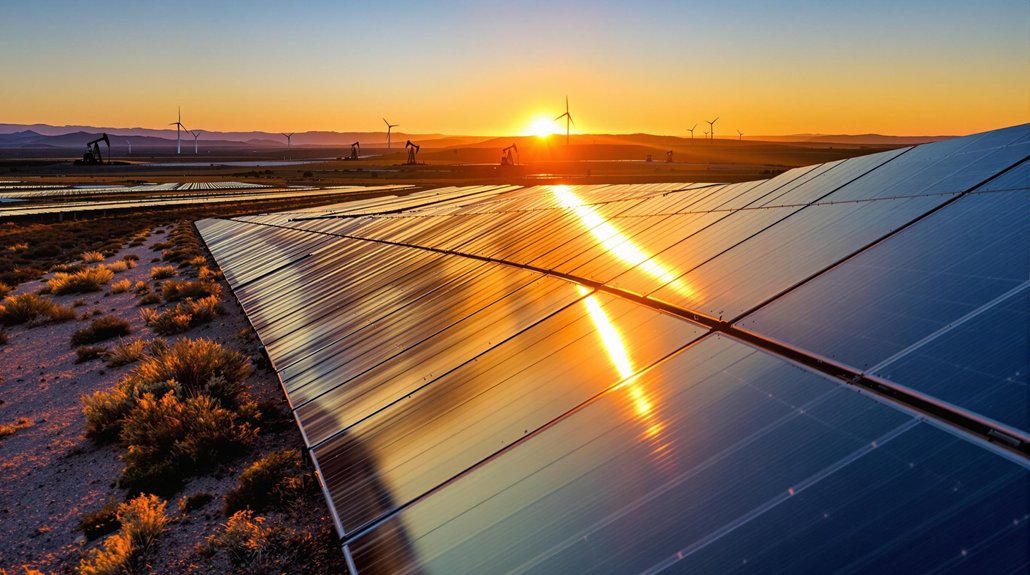Rural Senegal is dumping diesel generators like yesterday’s news. Villages that never had proper electricity are jumping straight to solar panels—costs dropped 90% in ten years, making it a no-brainer. Farmers swapped their diesel pumps for solar ones, saving millions. The government’s pushing hard with 538 MW of solar capacity planned by 2025. Some villages are too tiny for power lines anyway. The diesel era is dead, and nobody’s mourning. There’s way more to this energy flip.
While much of rural Africa still waits in darkness, Senegal is betting big on solar power to light up its countryside. The government’s throwing 538 MW of new solar capacity at the problem by 2025. They want everyone hooked up to electricity – 90% of rural households, to be exact. Ambitious? Sure. But they’ve got a plan.
Here’s the thing about power grids: they don’t like remote villages. Too expensive, too complicated. So Senegal’s going off-grid. Mini-grids here, solar home systems there. The current 30 MW of off-grid solar capacity is set to more than double to 70 MW by 2030. About 3.3% of villages are so tiny and scattered that running power lines would be financial suicide. Enter solar panels.
Power grids hate remote villages. Too expensive. So Senegal’s going off-grid with solar.
The Ministry of Petroleum and Energy isn’t messing around. They’ve teamed up with SEforAll and created ASER – another government agency with an acronym nobody remembers – to push solar into every corner of the country. Policy letters guide the whole operation. LPDSE 2019-2023 is wrapping up, and they’re already cooking up the 2024-2028 version. The government’s broader ambition to become an emerging economy by 2035 under the Plan Sénégal Émergent drives this renewable push.
Numbers don’t lie. Senegal hit 245 MW of solar and 159 MW of wind by 2022. That’s 30% of total capacity when you count hydro. They actually blew past their 2025 target early – renewable energy now makes up 36.6% of the electricity mix. Not bad for a country that used to burn diesel like there was no tomorrow.
The economics make diesel generators look stupid. Solar costs have decreased by 90% over the last decade. Wind fell 55%. Senegal’s now pumping out solar power at under 4 cents per kWh – some of the cheapest rates in Sub-Saharan Africa. One 23 MW solar plant in Diass saves SENELEC $2.77 million annually in fuel costs. Over 25 years, that’s serious money.
Rural farmers are ditching diesel pumps for solar ones. The World Bank threw 60 MW of solar capacity into the mix recently. Villages that never had electricity are leapfrogging straight to renewables. This transformation is part of a broader green revolution that promotes environmental preservation while creating sustainable employment opportunities.
The sun beats down on Senegal with 1600-1800 kWh per square meter annually. Might as well use it. The diesel generators can rust in peace.
References
- https://www.pvknowhow.com/solar-report/senegal/
- https://www.se4all-africa.org/seforall-in-africa/country-data/senegal/
- https://www.gogla.org/wp-content/uploads/2024/11/Senegal-Country-Brief.pdf
- https://gasoutlook.com/analysis/senegal-well-positioned-to-achieve-energy-transition-report/
- https://energycapitalpower.com/senegals-renewables-share-energy-prices-are-some-of-the-lowest-in-africa/








